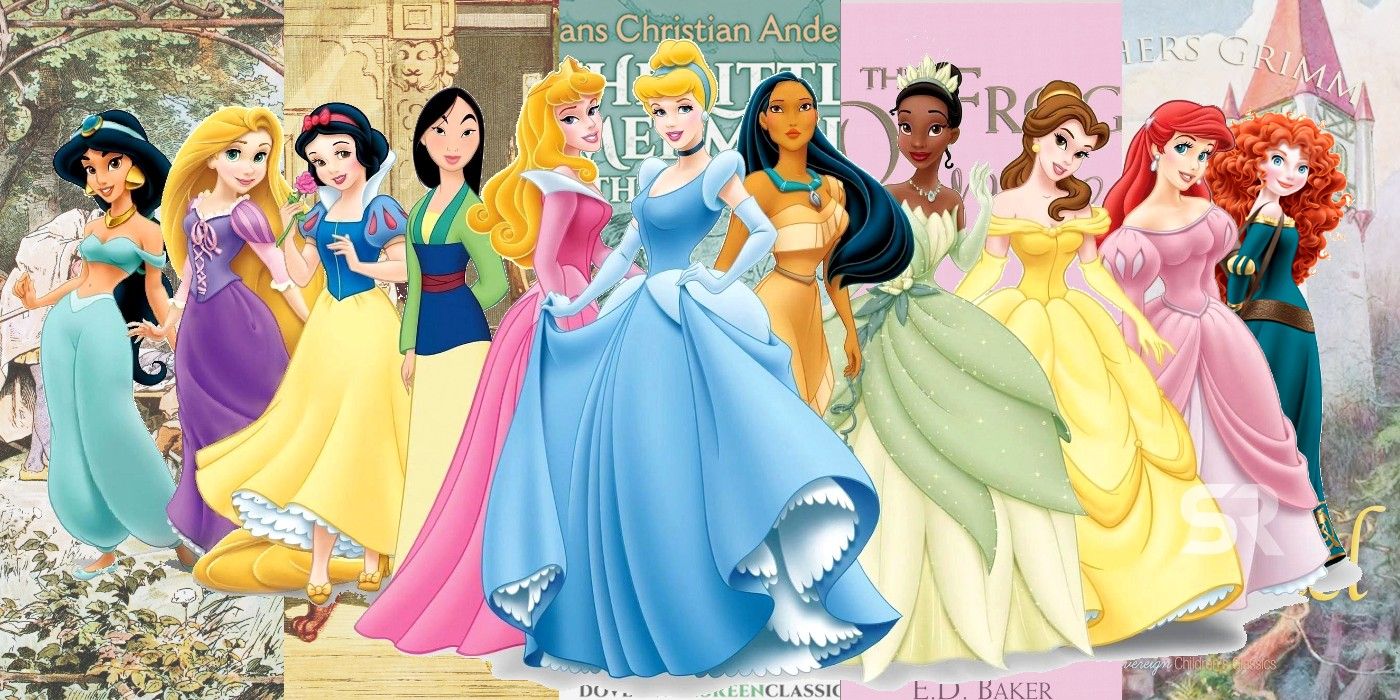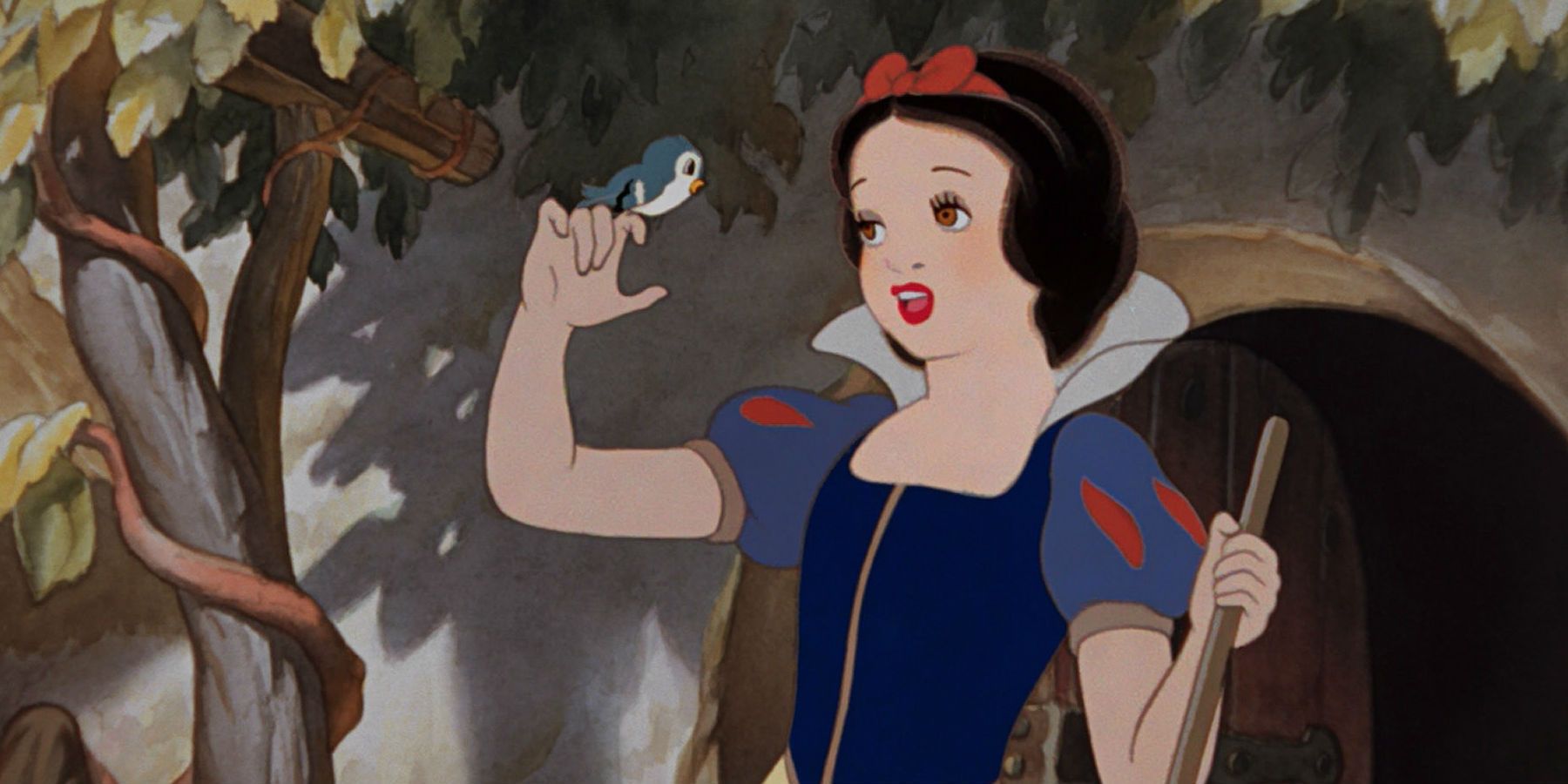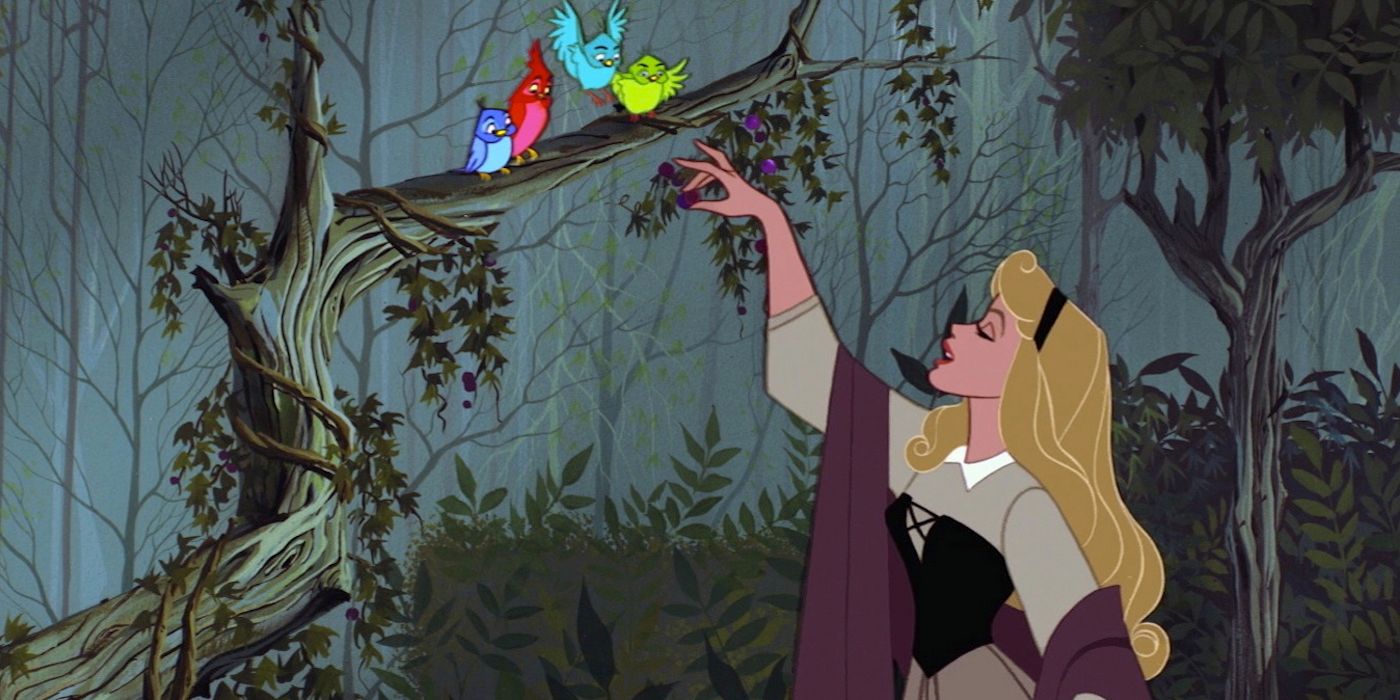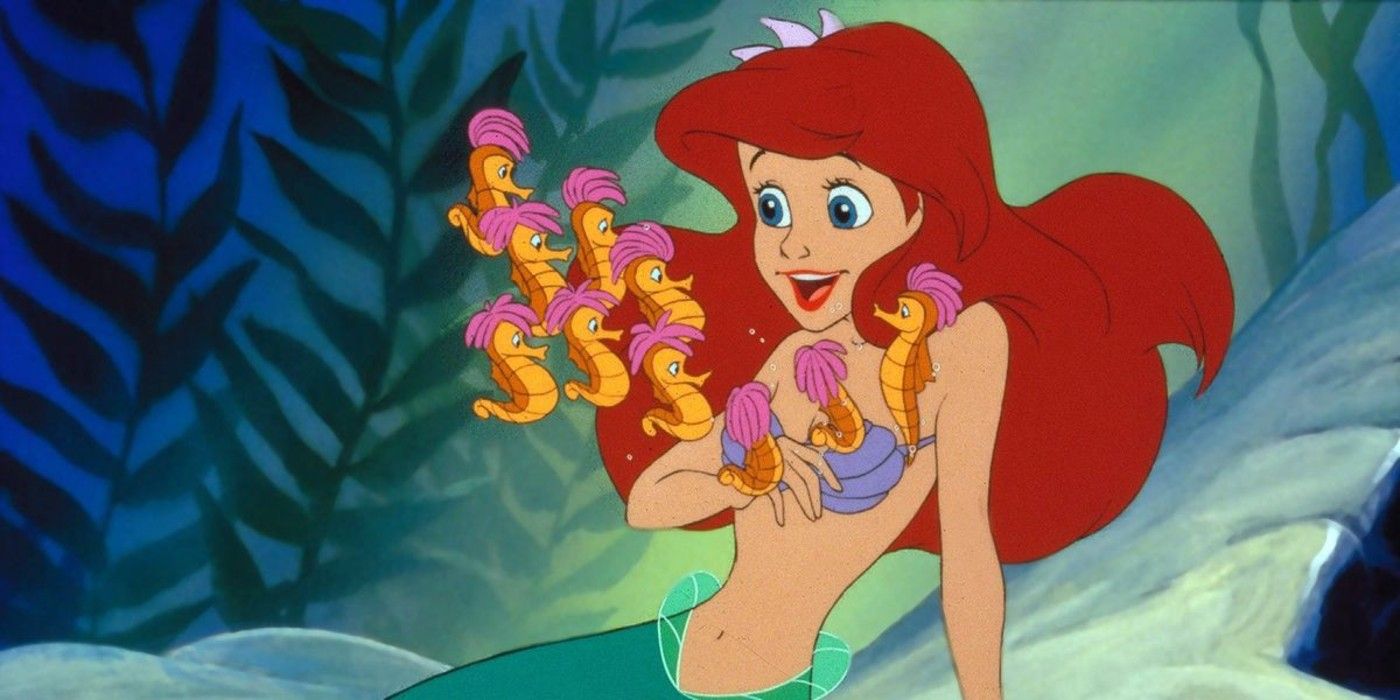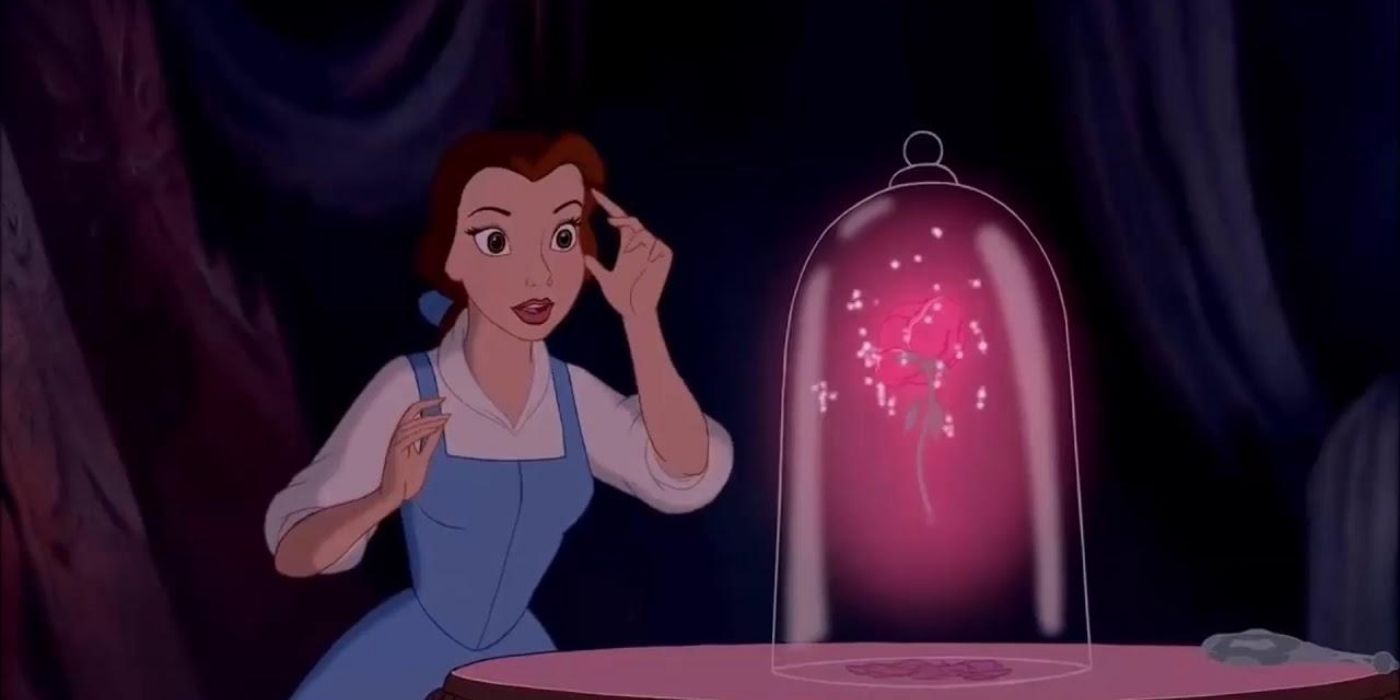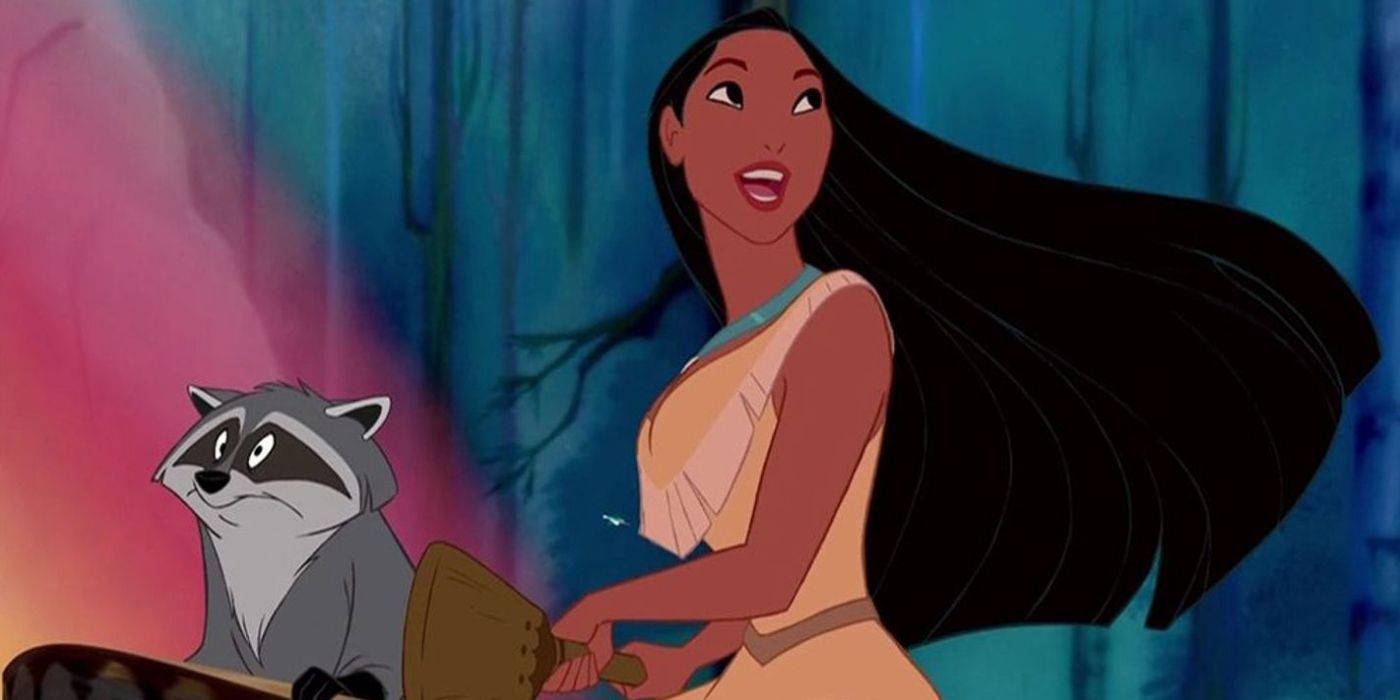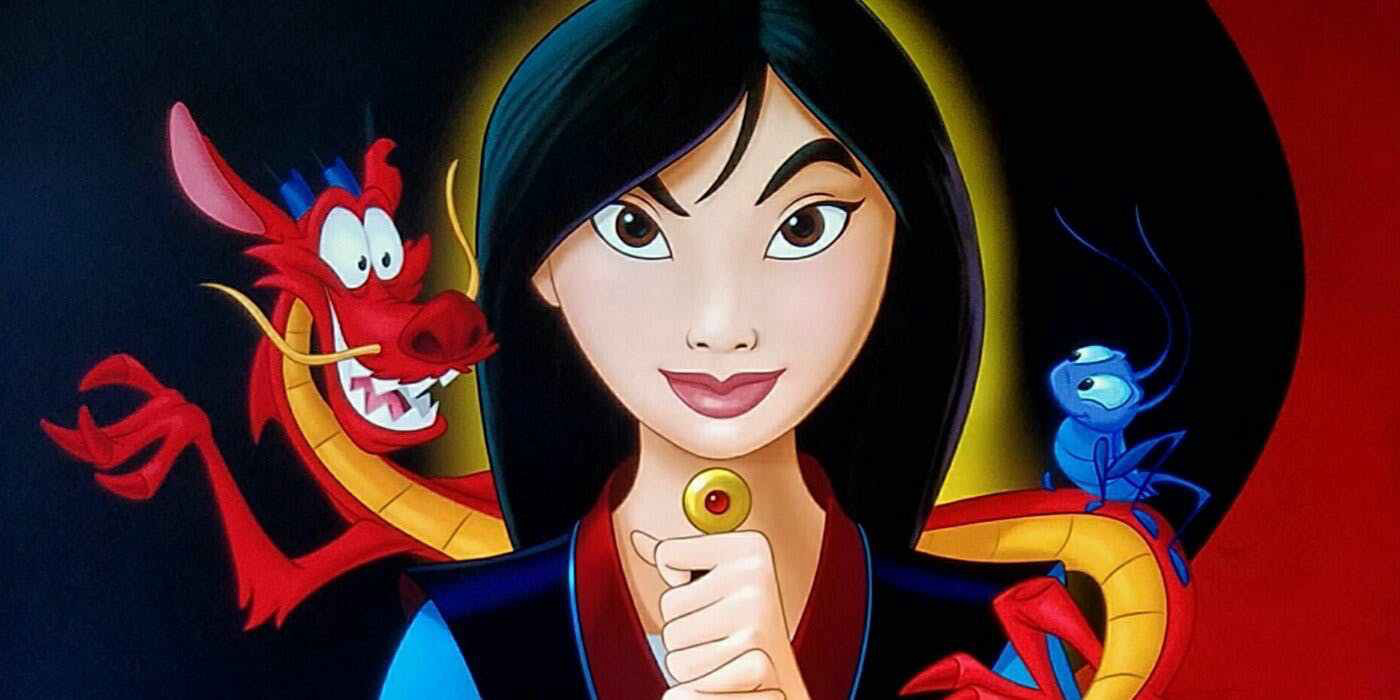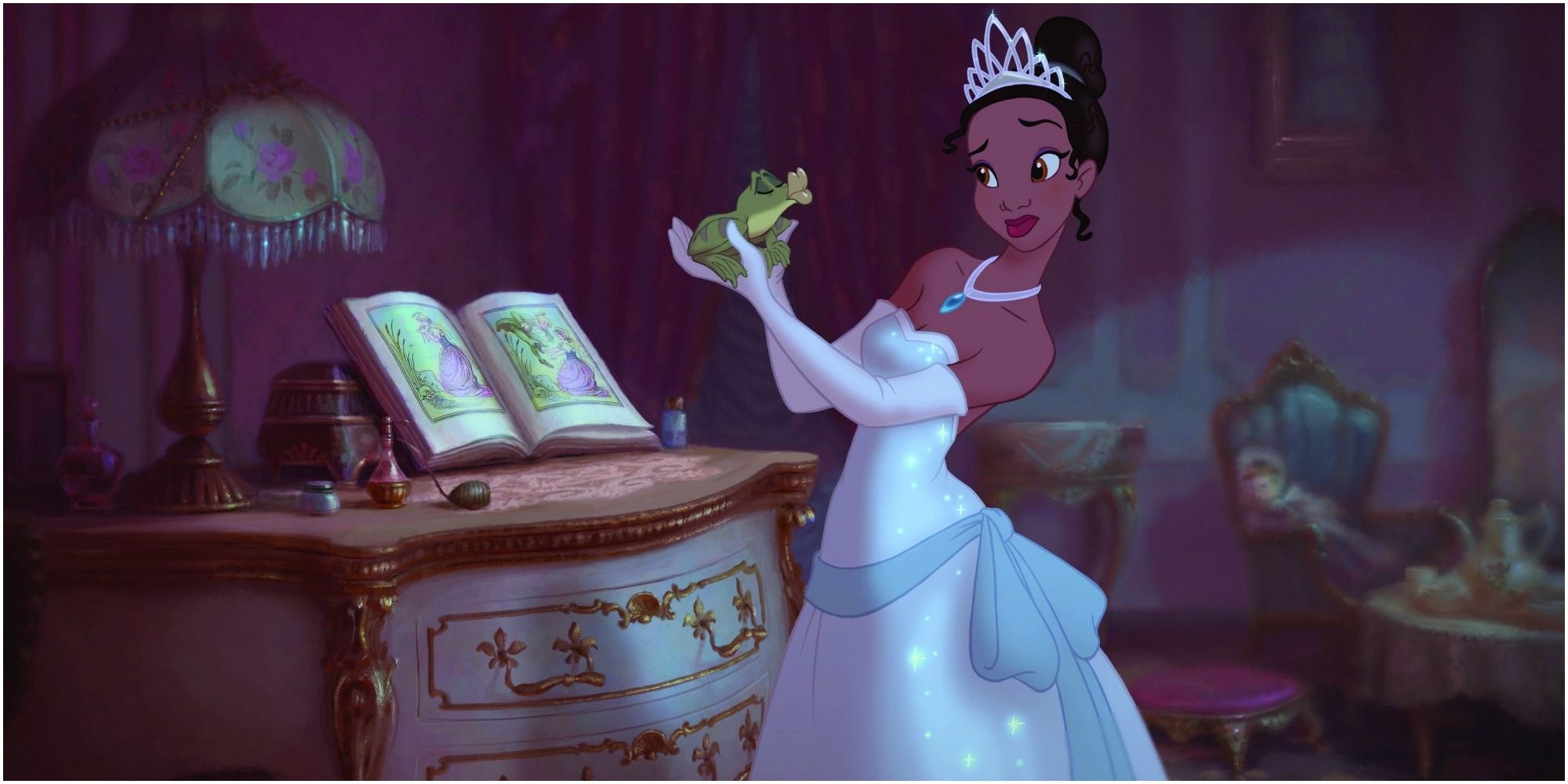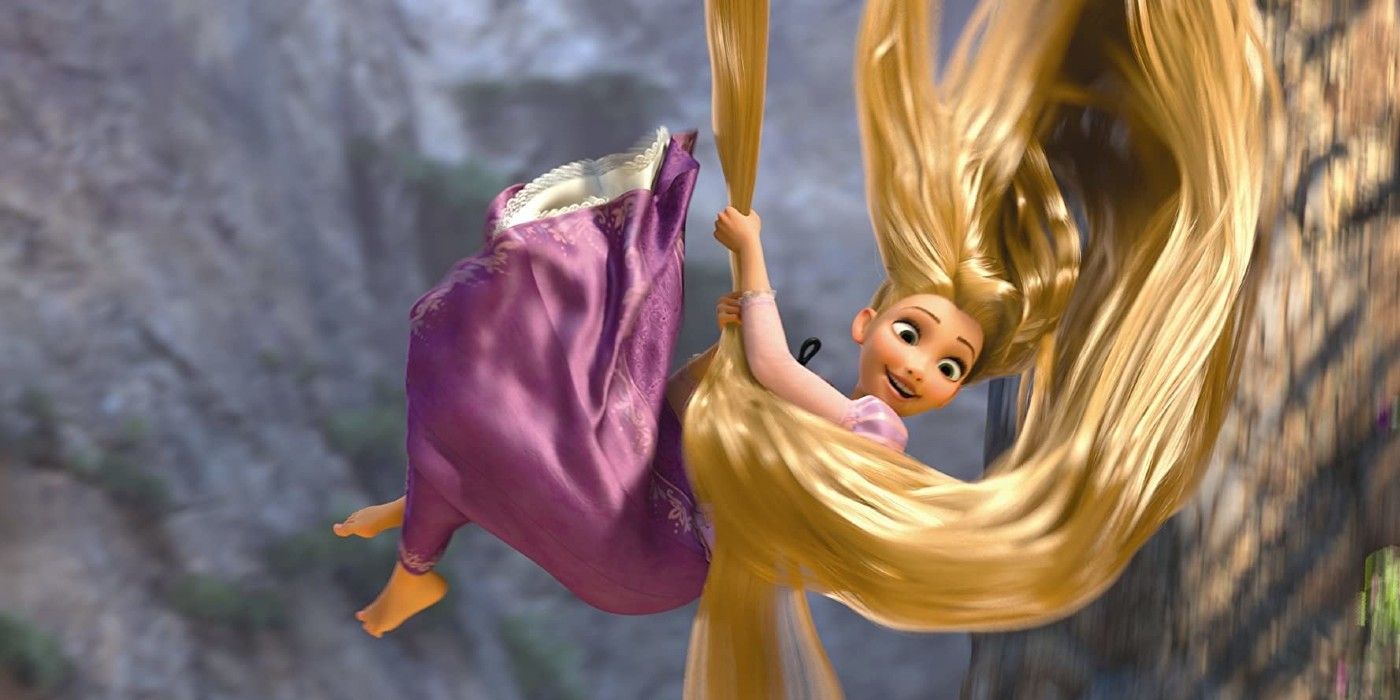The stories of Disney’s Princesses are very well-known, but many viewers are not familiar with the original fairytales on which they’re based – and here’s how much they changed from the source material. Walt Disney Pictures has produced a number of films in over eight decades, and though it has explored various genres and styles, it continues to be best remembered for its animated classics, mostly those starring princesses.
Disney’s first animated movie was Snow White and the Seven Dwarfs, released in 1937, and which was also the first full-length cel-animated movie, giving the studio its first Academy Award (an honorary one, accompanied by seven miniature statuettes). Since then, Disney has brought various legends and classic tales to life with its trademark touch of magic, and also with a lot of changes to the original stories, as not all of them are exactly kid-friendly – at least not to modern standards. The stories of Disney’s Princesses are a good example of that, as most of them come from very tragic tales, and not all of them had happy endings. In fact, not all of them survived.
First off, not all female leads in animated Disney movies are considered official Disney princesses. The criteria for becoming an official Disney princess vary, but what they all have in common is being either born or married royal, at least one musical number, and an animal sidekick, which is why Mulan is considered one even though she has no relation to royalty, but she did perform an act of heroism – Anna and Elsa from Frozen, on the other hand, are not official Disney princesses. Now, and as mentioned above, these characters come from legends and fairy tales, which went through a lot of changes in order to tell proper family-friendly stories with happy endings, and here’s how each Disney princess really is in their original stories.
Snow White and the Seven Dwarfs – Snow White
Disney has been borrowing tales from the Brothers Grimm literally from its very beginning. Snow White and the Seven Dwarfs is based on the Grimm’s 1812 fairy tale Snow White, and though it kept the most defining elements of the original story, it also made some significant changes. In the original tale, Snow White is younger and doesn’t meet the prince before she’s given the apple, and the hunter brings back to the Queen the lungs and liver of an animal (as opposed to a heart), which the Queen then eats. Snow White doesn’t awaken after being kissed by the prince – instead, the prince takes her to his father’s castle to give her a proper resting place, but while she’s being transported, one of the servants trips and loses his balance, dislodging the piece of poisoned apple from Snow White’s throat, thus reviving her. The prince then proposes to her and she accepts. The Queen later learns there’s still some fairer than her, who is now the prince’s bride, and visits the wedding to investigate. Once there and recognized by Snow White, the prince orders the Queen to wear a pair of red-hot iron slippers and to dance in them until she drops dead. Definitely not a story suitable for Disney’s target audience.
Cinderella - The Little Glass Slipper
Cinderella is based on Charles Perrault’s fairy tale Cendrillon ou la petite pantoufle de verre, which in turn is based on a folk tale known as The Little Glass Slipper. Perrault’s story goes pretty much like Disney’s version, only with two balls instead of one, and it’s in the second one when Cinderella loses her glass slipper. When it’s revealed she’s the girl from the ball, her stepfamily pleads for forgiveness and she agrees. However, there’s another version of The Little Glass Slipper by the Brothers Grimm, which as expected takes a dark turn. The Grimms made a lot of changes, such as having golden slippers, but the biggest one is that Cinderella’s doves pluck her stepsisters’ eyes as punishment for what they did to her (who, by the way, cut their toes and heels so they could trick the prince and have the slipper fit them). Disney’s Cinderella is based on Perrault’s version, so the Grimm’s brutality wasn’t even an option.
Sleeping Beauty - Little Briar Rose
Sleeping Beauty is also based on a version by Charles Perrault, which is based on a classic fairy tale by an unknown author. In Perrault’s tale, there are seven fairies (including an evil one) instead of three, and the princess isn’t forced to leave the castle after she’s cursed. A hundred years pass before a prince spies the castle, hidden among trees, brambles, and thorns. Once inside the princess’ chamber, he’s struck by her beauty and breaks the enchantment with a kiss. The princess and the rest of the castle awakens, and she later marries the prince. They have two children, who they keep secret from the prince’s mother, who is of ogre lineage. When it’s time to meet her, the Ogress Queen Mother orders the cook to prepare the children and young Queen for dinner, but the kind-hearted cook replaces them with lamb, goat, and deer. The Ogress learns this and prepares a tub with vipers and other creatures, but once the King returns and the Ogress’ nature is exposed, she throws herself into the tub – and the King and young Queen are finally able to live happily ever after.
An earlier version of the story is often discussed when talking about Disney’s story, and it’s that of Giambattista Basile. In it, the princess is discovered by a wandering king, who rapes her and leaves her pregnant (while still unconscious). The princess gives birth to twins, of which one sucks the splinter from her finger, waking her up. The king’s wife, upon learning about the princess and the children, orders them to be cooked, but the cook saves them. It’s easy to see why Disney decided to go with Perrault’s version and omit the Ogress part, which wasn’t really that relevant (nor kid-friendly).
The Little Mermaid
The Little Mermaid is a fairy tale written by Hans Christian Andersen, and it’s very different from Disney’s happy and musical version. The movie followed the basic premise of a young princess mermaid who falls in love with a handsome prince and asks the Sea Witch for help, who turns her into a human under certain conditions. However, in the original fairy tale, the mermaid is warned by the witch that she will never be able to return to the sea, and while she will be able to dance and walk, she will constantly feel as if she’s walking on sharp knives and bleed constantly – in addition to not talking as she gives her her tongue and voice. The mermaid will also obtain a soul if she gets the prince to love her and marry her, but if she doesn’t achieve that, she will die of a broken heart and turn into sea foam. The prince ends up marrying another princess, and the mermaid’s sisters bring her a dagger from the witch (given to them in exchange for their hair) so that she kills the prince and lets his blood drip on her feet, thus becoming a mermaid again. The mermaid refuses, and as dawn breaks, she throws the dagger and herself into the water, becoming sea foam – but also a daughter of the air, who after doing good deeds for mankind for 300 years, will finally rise up into Heaven.
Beauty and the Beast
Beauty and the Beast is based on the fairy tale of the same name by Jeanne-Marie Leprince de Beaumont, who actually shortened and rewrote the story by Gabrielle-Suzanne Barbot de Villeneuve. In Beaumont’s version, Belle has five siblings, and when she arrives at the Beast’s castle, she is informed that she is mistress there and so the Beast will obey her. She returns home for a week, and her sisters plan to keep her there for longer in order to anger the Beast and have him eat Belle. She later returns to the castle and finds him dying, so she restores him to life. There are live objects around the castle, though not exactly as cheerful and helpful as those in Disney’s tale, and Belle is also kind, well-read, and pure of heart.
Aladdin
Aladdin is a folktale that, though not part of the original text of The Book of One Thousand and One Nights (The Arabian Nights), is often associated with it. The tale has varied with every retelling, but in essence, it’s the story of an impoverished young ne’er-do-well, named Aladdin, in a city of China. He’s recruited by a sorcerer who wants him to help him retrieve an oil lamp from a magic cave. Aladdin is double-crossed by the sorcerer, but as he’s wearing the latter’s magic ring, he rubs it and releases a genie, who helps him out of the cave. The lamp contains a second, more powerful genie, released by Aladdin’s mother when cleaning it. It’s this genie who helps him become rich and married Princess Badroulbadour (easy to see why it was changed to Jasmine). A conflict arises between the sorcerer and Aladdin, each with a genie, but Aladdin eventually defeats him and later becomes the sultan. The Princess doesn’t have much of a presence in the tale, with Disney giving her a bigger role and proper development.
Pocahontas - Matoaka
Pocahontas isn’t based on a fairy tale but on the life of the Native American woman named Matoaka, known as Pocahontas – but with big differences. According to John Smith, Pocahontas threw herself across his body to protect him from being killed by the Powhatan people, but there’s no proof of that. Pocahontas, however, was kidnapped by colonists to be ransomed for the English prisoners held by her father. She was encouraged to convert to Christianity and married tobacco planter John Rolfe at the age of 17-18, and had a son, Thomas Rolfe. She was presented to English society as an example of the “civilized savage”, and died of unknown causes, aged 20 or 21. The real story of Pocahontas is far from what Disney presented, and it’s easy to see why the movie has been criticized so much for years, as it omitted and made up a lot of things just for the sake of telling a family-friendly story.
Mulan - Hua Mulan
Mulan is based on the Chinese legend of Hua Mulan, and there are many versions of it, but they all keep the basic premise of a young woman who disguises herself as a man to take her father’s place in the army. Mulan spends 12 years in the army and turns down an official post, instead asking for a camel to carry her home. However, in Chu Renhuo’s version, titled Romance of Sui and Tang, Mulan returns to her homeland only to find that her father had died, her mother remarried, and the Khan had summoned her to become his concubine. Mulan kills herself and leaves a letter to her fiancé.
The Princess and the Frog
The Princess and the Frog is loosely based on the novel The Frog Princess by E.D. Baker, which in turn is based on the fairy tale The Frog Prince by the Brothers Grimm. The movie is nothing like the novel, and only takes the concept of a female protagonist who kisses a prince turned into a frog with the intention of reversing the spell, only to turn into a frog herself. In the novel, however, the lead character is princess Emma, niece of Grassina, the current Green Witch. After a lot of trouble to find the witch who cursed the prince (whose name is Eadric), Grassina helps them retrieve Emma’s curse-reversal bracelet, which was stolen by an otter, and the two frogs kiss in order to break the curse. The otter turns out to be Grassina’s old lover, cursed by her witch mother, and Emma and Eadric convince their respective parents that they’ve found their own true loves. The Grimm’s version, however, has the princess befriending the frog, which in the original version has his curse broken when the princess throws him against the wall, but in modern versions this was changed to a kiss. Disney changed it into a story that’s not a typical princess one, with protagonists that learn from each other, and made Tiana the first African-American Disney Princess.
Tangled – Rapunzel
Tangled is yet another story borrowed from a Brothers Grimm fairy tale, titled Rapunzel. In it, a pregnant woman experiences cravings of rapunzel, which grows in a sorceress’ garden. The sorceress catches the husband stealing the plants and allows him to take all the rapunzel he wants in exchange of the baby once it’s born. The sorceress names her Rapunzel, and locks her up in a tower as soon as she turns 12, visiting her by standing beneath the tower and calling her out to let her super long hair down. A prince riding through the forest then hears her singing and begins to visit her frequently. The sorceress eventually finds out and casts Rapunzel into the wilderness. Meanwhile, she confronts the prince and he falls from the tower, landing on thorns that, though break his fall, leave him blind. He eventually reunites with Rapunzel (and their twin children) in the forest, and her tears restore his sight.

